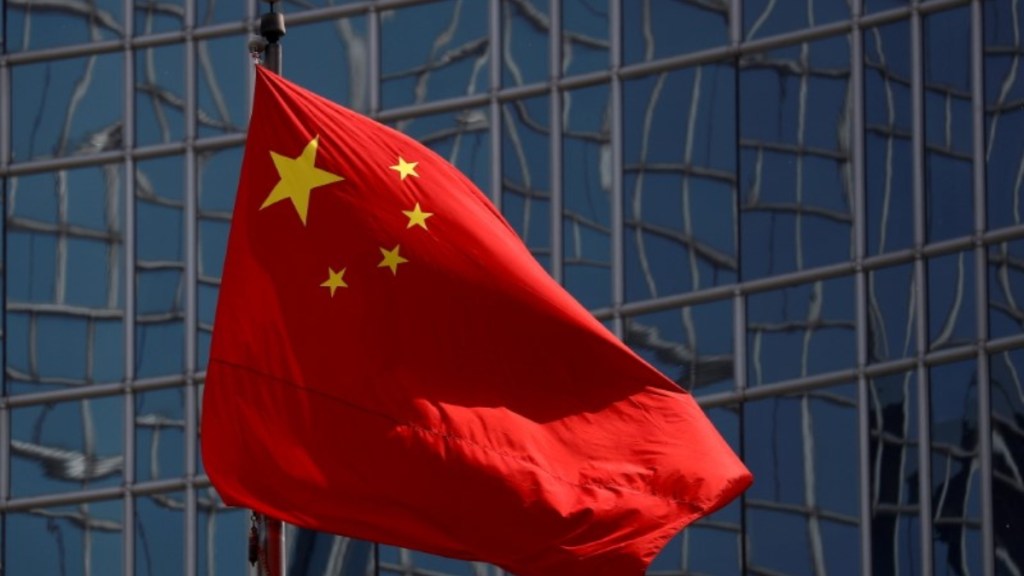A veteran Chinese astronaut has said that China could launch next-generation crewed spacecraft for the first time between 2027 and 2028. The mission may transport up to seven astronauts.
China’s next-generation spacecraft
Yang Liwei, a former Chinese fighter pilot and the first Chinese man in space, was quoted by state-run Guangzhou Daily as saying, “In the future, a new generation of spacecraft will be used on crewed lunar missions, to build our space station, and for deep-space exploration.”
Yang is currently the deputy chief designer of China’s manned spaceflight project.
The new generation of crewed spacecraft will comprise just two parts – the propulsion and the return modules – to allow for bigger modules and larger carrying capacity of up to seven people, Zhang Bainan, chief designer of the trial version of the new-generation spacecraft, said in 2020.
The next-generation spacecraft was first tested in 2020.
Yang said that recent tests on the return capsule of the next-generation spacecraft have been “very successful”. The first flights are estimated to occur between 2027 and 2028.
The return module’s high heat resistance also allows much of it to be re-used.
Since China’s space station became operational late last year, the focus has returned to a project to send astronauts to the moon by 2030, with engineers recently disclosing more details of the plan – from the type of carrier rockets to be used to the spacecraft transporting astronauts and other equipment.
Shenzhou spacecraft
China’s current Shenzhou spacecraft, based on Russia’s Soyuz, can transport up to three astronauts to low-Earth orbit. It consists of a life-support and propulsion module, an in-orbit module for short-term human habitation, and a re-entry capsule for their return to earth.
(With Agency Inputs)


